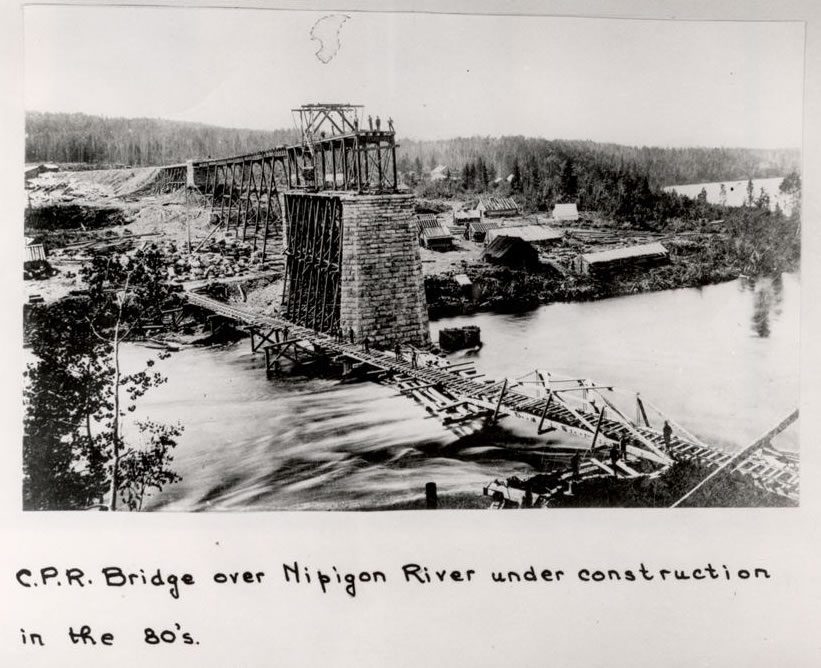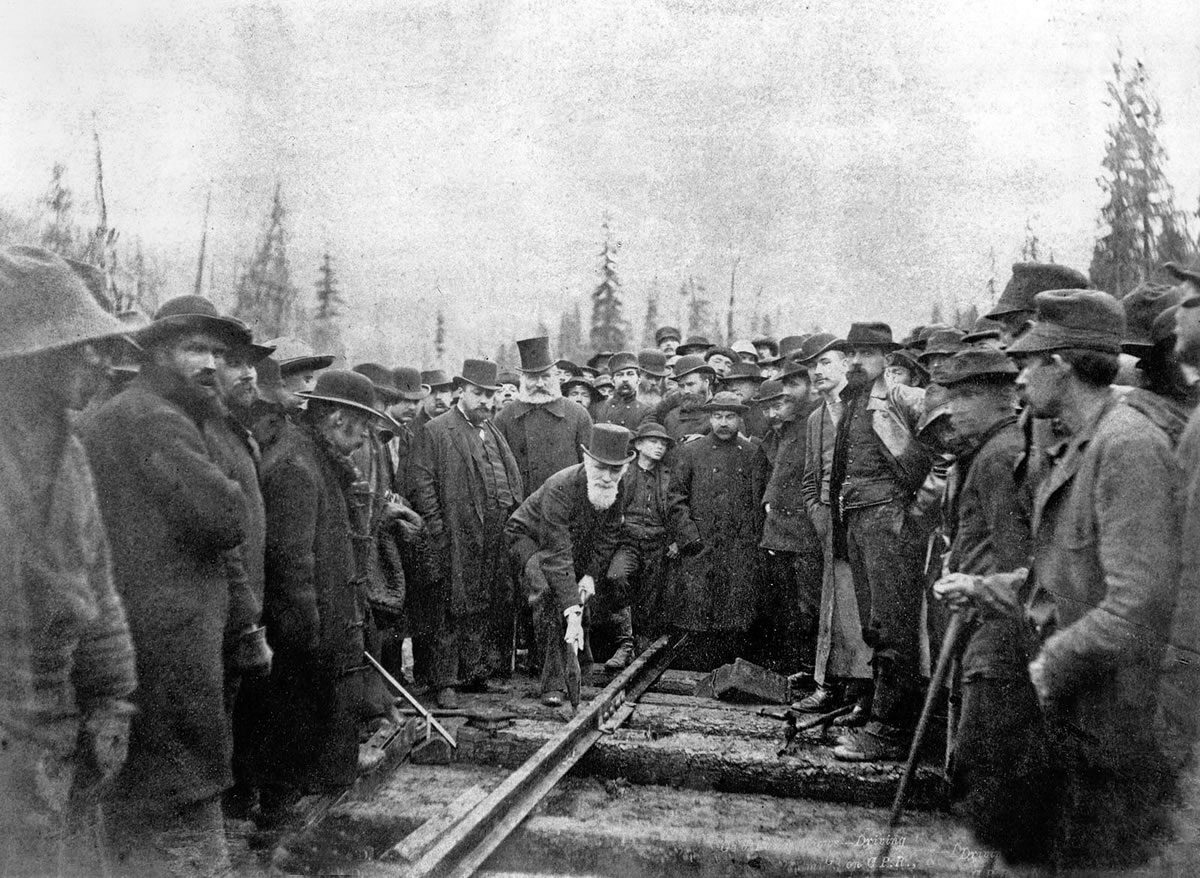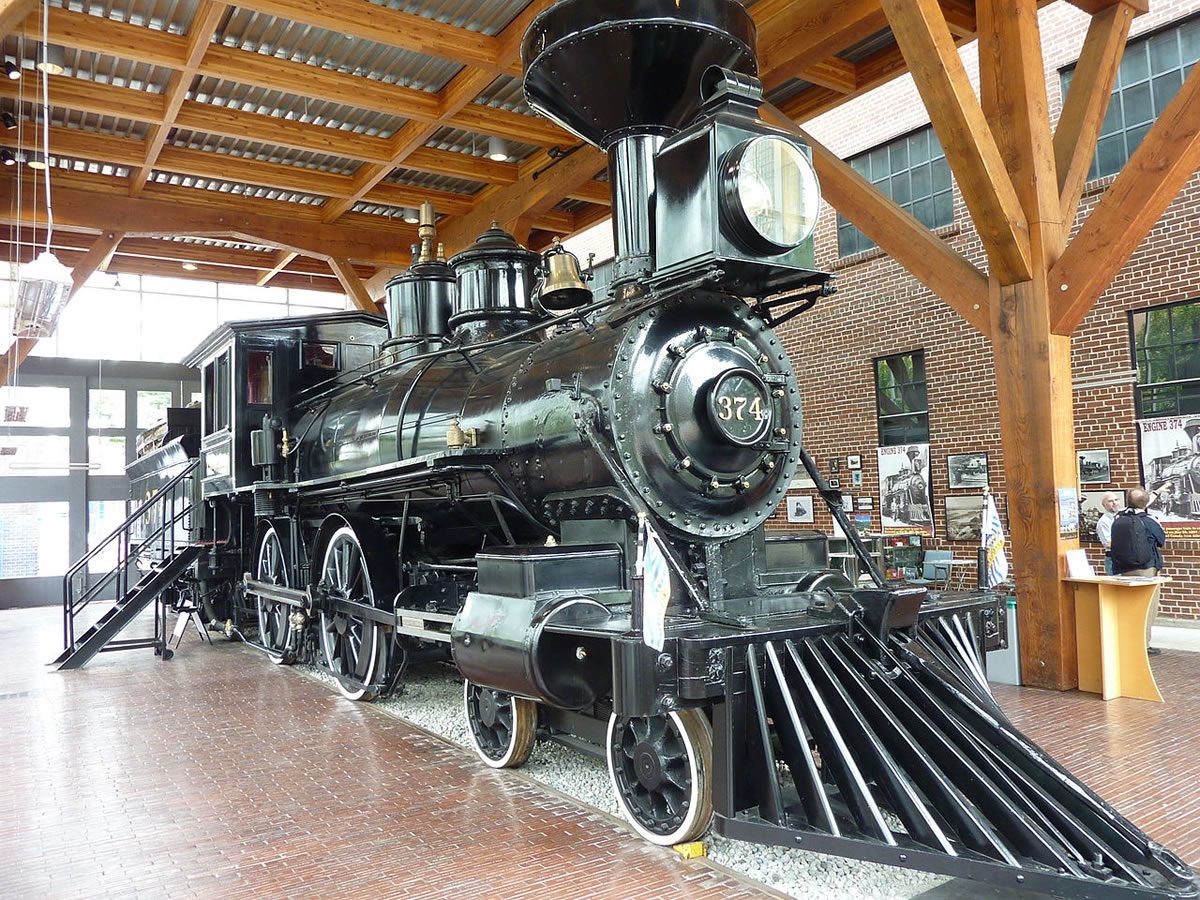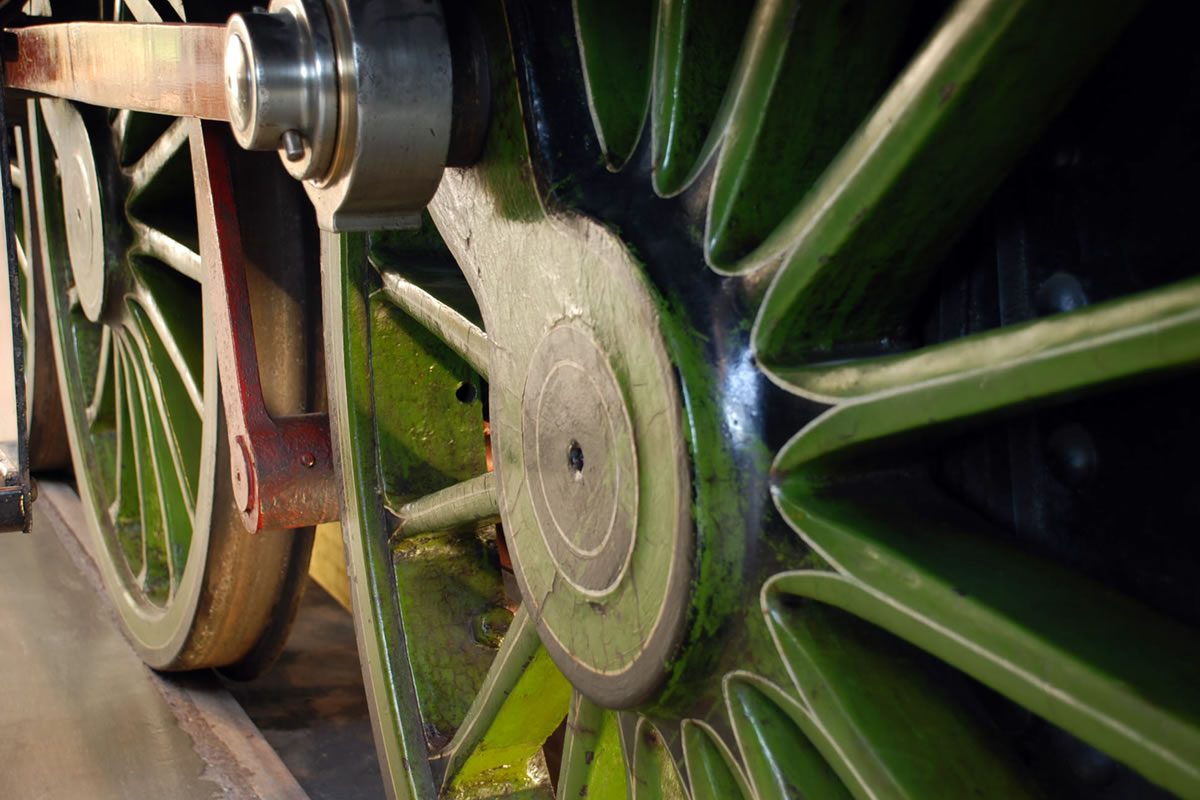Some may argue that Canada wouldn’t be the nation it is today without its transcontinental railway. Yet some people may not know about the history of this important railway. Learn more about how the railway in Canada was started, the different transcontinental railways that exist, and the history behind each railway. This is part 1 of a 2-part series.
Primitive Railways
Some of the earliest railways started in England during the early 17th century. At the time, horse-powered carts carried coal and ore from the mines to waterways to ship to other destinations. In Canada, a primitive form of this railway was likely used in the 1720s to carry quarried stone at the Fortress of Louisbourg.
Other early forms of a railway in Canada included an incline railway powered by a steam engine in the 1820s that was used to haul stone during the construction of the Quebec Citadel and a railway used to carry stone from a quarry at Hog’s Back in Ottawa to build the Rideau Canal.
Canadian Pacific Railway

The Canadian Pacific Railway (CPR) was the first transcontinental railway in Canada. Part of the reason the government was able to entice British Columbia to join the nation was based on the promise of the completion of a transcontinental railway within 10 years. The government signed a contract with CPR in 1880, and in 1881, construction started.
Over the next five years, the railway company laid 4,600 kilometres of single track and helped unite various smaller railway lines across the country. Even though the company faced several logistical difficulties as it was trying to build the railway in the boggy region of northwestern Ontario and the rugged mountains of British Columbia, it was still able to complete the country’s first transcontinental railway six years ahead of schedule.
When the railway was completed, the city of Vancouver did not yet exist, and the western terminus of the CPR was Port Moody, BC. The first transcontinental passenger train, pulled by engine No 371, arrived in Port Moody from Montreal on July 4, 1886.
Today, the CPR owns approximately 20,000 kilometres of track that not only stretch across Canada, but also reach into the United States.

Canadian Northern Railway
While the CPR was the first transcontinental railway in Canada, this railway wasn’t the only one in Canada. The Canadian Northern Railway (CNoR) was another line that stretched across the country. As more immigrants started to move west in the 1900s and more agriculture needed to be transported throughout the nation, it soon became clear that the CPR couldn’t keep up with demand. At this point, the third phase of railway expansion started.
Many expansion branches began in the western part of Canada, and the CNoR was the most notable of these branches. Entrepreneurs Donald Mann and William Mackenzie owned the CNoR. Although Mann and Mackenzie were sometimes portrayed as greedy promoters, they wanted to build the CNoR to meet the needs of western communities not served by the CPR. They also invested most of their own money to help the railway develop.
The CNoR was able to grow by absorbing smaller lines and leasing some of its railways. It also built new links to Edmonton, Prince Albert, Saskatoon, and Regina. However, when the last spike of the railway was driven into the ground on Jan. 23, 1915, at Basque, British Columbia, the railway was already facing financial troubles.
In 1918, the railway was unable to repay its construction costs. Mann and Mackenzie resigned, and the government nationalized the railway. Finally, in 1923, the CNoR was formally consolidated into the Canadian National Railway (CNR). The CNR still operates today as the Canadian National (CN).
Grand Trunk Railway and National Transcontinental Railway
Around the same time that the CNoR was being developed, Wilfrid Laurier, Canadian prime minister from 1896 to 1911, was also encouraging the development of a third transcontinental railway: the Grand Trunk Railway (GTR). The CPR operated close to the Canada and United States border. The Canadian government wanted additional transcontinental lines to operate through the central part of Canada.
The government proposed this possibility to the CNoR and GTR. Both railways initially declined the project because projected traffic volumes suggested the line wouldn’t be profitable. However, the GTR realized expansion was necessary. The railway tried to merge with the CNoR, but it was unsuccessful. At that point, the GTR negotiated with the government to build the western section of the railway while the government would build the eastern section.

The transcontinental railways in Canada were a major part of the nation’s growth and showcased some incredible engineering feats. Thanks to this helpful guide, you now have a better understanding of the interesting history of Canada’s transcontinental railway network.
Read part 2 of this series, focusing on the construction of the Trans-Canada Highway.





 December is finally here, and if you’re not already hyped about the holidays, you’re about to […]
December is finally here, and if you’re not already hyped about the holidays, you’re about to […]
